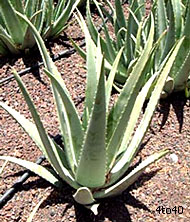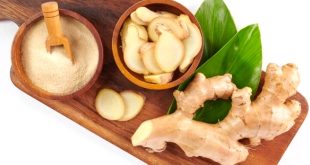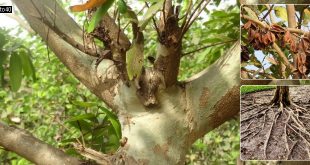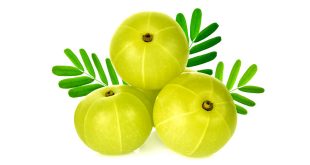Aloe Vera (Barbados Aloe, Curacao Aloe, Indian Aloe, Ghi Kunvar) — Family Name: Liliaceae
Botanical Name: Aloe Vera, Aloe Barbadensis
Common Name: Aloe, Barbados Aloe, Curacao Aloe, Indian Aloe, Ghi Kunvar
Part Used: Flowers, Roots
Habitat: South and South Western India.
Uses: It is useful for X ray burns, Dermatitis, Cutaneous and disorders of skin. Drug from juice is tonic and is used in jaundice, ameneorrhoea, atonic and piles. Aloe Vera Gel has the remarkable ability to heal wounds, ulcer and burns.
Introduction
 The Aloe Vera is a medicinal plant, which used properly, can be the best treatment for suburns and other minor burns. It is found predominately in hotter climates such as South America, but is also found in some southern portions of Northern America.
The Aloe Vera is a medicinal plant, which used properly, can be the best treatment for suburns and other minor burns. It is found predominately in hotter climates such as South America, but is also found in some southern portions of Northern America.
Medicinal Value
The part of the Aloe Vera which is used are the leaves. The Aloe is an Emollient, Purgative and Vulnerary. It is also used for its antibacterial, anesthetic and antiseptic properties, and is good to use as a tool for restoration of tissue. It is most commonly used on burns and minor cuts, especially good for sunburns, although it is being used for the treatment of skin cancer. Aloe is very useful on rashes caused by Poison Ivy, and it may help to draw out infection. It may help with Vaginal Yeast Infections, although this is not solid at this time.
Aloe be made into a warm tea, made from the juice as a wash for eyes. The washing of eyes with Aloe may protect the eyes from ultraviolet rays from the sun. It can be taken in powder of pill form to be used as a purgative. Aloe is also an extremely powerful laxative, and it is not recommended that it is taken internally. It is recommended that the fresh juice from the plant is used, and not the store bought juice within other products or on its own. The reason for this is that the medicinal use of the plant diminishes with time, and there is much questioning about whether or not you can receive benefits from the store bought aloe, even if the product has been filled with preservatives.
Magical Uses
The magical uses of Aloe are not easily located. It is a feminine plant, and its planet is the moon. Its element is water, and its powers are protection and luck. Aloe can be hung over the home for good luck. Carry it with you to protect yourself against evil, or to protect yourself from clumsiness.
Harvesting and Growing
The Aloe plant prefers to reside in full sun, and does not require much watering. It is a perennial and does require a temperature of 41* F. To harvest the plant, leave the fresh, young leaves be which are located on the top of the plant, and just cut the older, outer leaves. New leaves grow from the center upward. It produces offshoots, which grow, seemingly spontaneously next to the mother plant. These can be replanted, as can the unused parts of the cuttings. Aloe does not require much water or attention. It is a wonderful plant to keep indoors in case of emergency. Aloe can grow easily in dry or poor soil. Do not over water.
Dosage
When in-taking a powder of Aloe, 1-5 gram dosage is recommended. In a fluid extract, anywhere from 5-30 drops is what is taken.To create an eye wash from Aloe, use 1/2 tsp. of Aloe juice and dissolve it in 1 cup of water. A 1/2 teaspoon of Boric Acid may be added to preserve it. A poultice of Aloe can be made by slicing a leaf lengthwise and pressing the gelled side toward the cut or burn, and then wrapping. However, the most common way to utilize the healing powers of Aloe is to rub the gelled juice from inside the leaves onto the affected area.
Warnings
Do not ingest if you are pregnant, Aloe may cause uterine contractions. Use very sparcly as a laxative, avoid taking internally unless absolutely necessary.
 Kids Portal For Parents India Kids Network
Kids Portal For Parents India Kids Network





